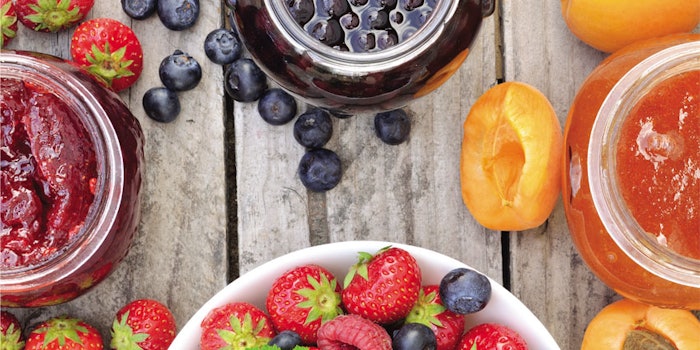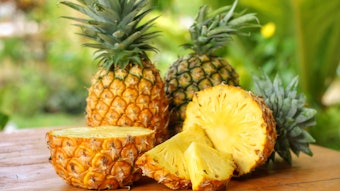
In an earlier article, I covered the potential uses for acetanisole. Now, I would like to turn to its widely used cousin, acetophenone (FEMA# 2009, CAS# 98-86-2). Both raw materials are floral in character, with a distinct resemblance to hawthorn flowers, something that would be very familiar to hikers in Europe, where it is a common hedgerow plant. The hawthorn note is pretty much where the similarity ends. Acetanisole is relatively soft and restrained, allowing high levels of use in a number of compatible flavor categories, especially cherry. Acetophenone is much brighter and more aggressive, leading to some almost phenolic harshness at higher levels of use. It is, however, widely distributed in nature and can make a significant contribution to an unusually wide range of flavors if used judiciously.
Note that the dose rates given throughout this article are the levels suggested for use in flavors intended to be dosed at 0.05% in ready-to-drink beverages or in a simple bouillon.
Berry Fruit Flavors
Blackberry: The hawthorn note of acetophenone provides a very attractive top note in blackberry flavors, blending well with the underlying musky and violet notes. An effective use level is 30 ppm.
Blackcurrant: Lower levels, around 10 ppm, have a similar effect in blackcurrant flavors. At this level, acetophenone is more useful in realistic blackcurrant flavors than in flavors dominated by buchu.
Wild blueberry: This ingredient is effective in all blueberry flavors, but really comes into its own with wild blueberry profiles. The hawthorn note takes the edge off the typically high levels of linalool.
Raspberry: A reasonable starting point in raspberry flavors is 20 ppm, adding an attractive floral lift.
Strawberry: The best level of acetophenone in strawberry flavors depends very much on the profile of the flavor. It is most effective in the wild strawberry category, where 50 ppm is ideal.
For the full article, please check out the Perfumer & Flavorist+ July 2021 issue.










